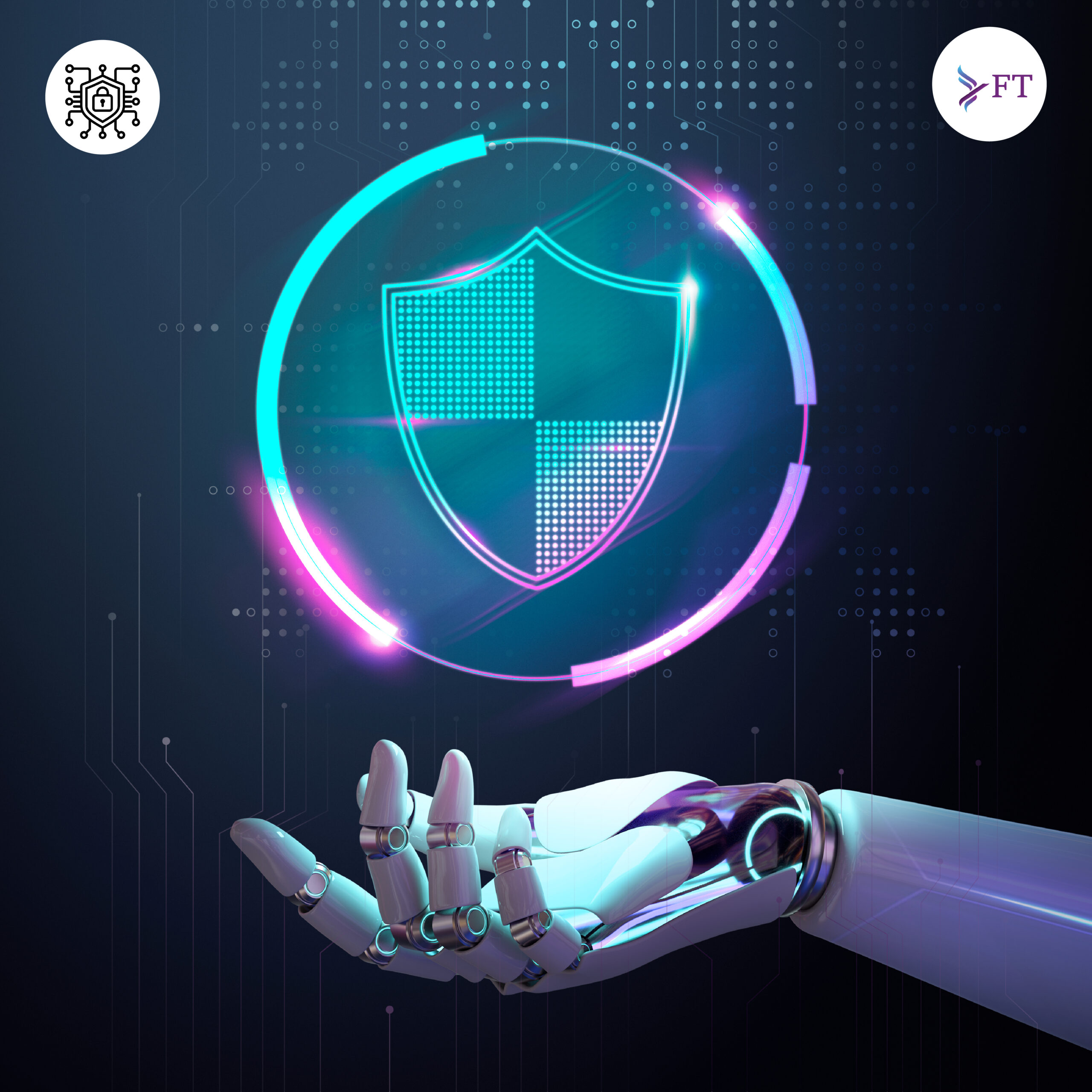
Cyber threats are evolving, and businesses and individuals must stay vigilant. Below, we explore different types of cyber attacks and how you can protect yourself.
The Cybersecurity stats shows 3.5k weekly attacks on the education sectors, 10% Ransomware victims are Healthcare, 58% increase in infostealer attempts in 2024, $200k median ransom payments in 2024.
A major data breach at Bharat Sanchar Nigam Limited (BSNL) occurred in May 2024, exposing millions of consumers’ private information, including SIM card numbers and IMSI numbers. Over 278 gigabytes of data were stolen in the cyberattack, which was purportedly executed by a hacker going by the handle “kiberphant0m.” The stolen material was then offered for sale on the dark web. In response, an inter ministerial group has been formed by the government to evaluate the security of telecom networks and fortify safeguards.
The recent report of 2025 shows that Chinese hackers breached Charter and Windstream networks Windstream. The systems of Windstream, Consolidated Communications, and Charter Communications have been attacked by Chinese hackers.
Types of Cyber Attacks
Phishing Attacks
Phishing is a social engineering attack where attackers trick victims into providing sensitive information by impersonating a legitimate entity via emails, messages, or fake websites.
Credential Phishing – Kind of Phishing Attacks
Credential phishing is indeed a type of phishing attack where attackers aim to steal login credentials (usernames and passwords) by tricking users into revealing them
Recent data from slashnext shows a late 703% surge in credential phishing and a 141% uptick in social engineering tactics. Email attacks have increased by 202% in the number of phishing messages per 1000 mailboxes. 80% of the links in email link-based threats are new and unknown.
Example: Fraudulent emails claiming to be from banks requesting login details.
Malware Attacks
Malware is malicious software, such as viruses, ransomware, or spyware, designed to damage or gain unauthorized access to systems.
Example: Clicking on infected attachments that install spyware to steal personal data.
Ransomware Attacks – kind of Malware Attack
A type of malware that encrypts files and demands a ransom to restore access. It often spreads through phishing emails or malicious downloads.
Ransomware Attack: Synnovis-NHS Cyber Attack:
The UK’s NHS reported a “critical incident” on June 4, 2024. The Qilin Ransomware Gang had attacked Synnovis, the company that provided its pathology services. The result was complete anarchy that had an immediate effect on people’s lives and well-being.
Test results, blood transfusions, cancer treatment procedures, and even C-sections had to be delayed. Major hospitals in London postponed more than 2,000 outpatient appointments and more than 1,100 elective procedures.
The intruders, who spoke Russian, tried to extort money from Synnovis and stole and disclosed 400GB of private information. They allegedly posted the stolen material online after demanding a $50 million ransom.
Denial-of-Service (DoS) Attacks
These attacks overwhelm a network or system with excessive traffic, making it unavailable to users.
DDoS Attack in US Election: A type of DoS Attacks
Distributed Denial-of-Service (DDoS) attacks are cybercrimes that overload a server with malicious traffic in an attempt to cause it to crash or become unavailable.
In comparison to the same month in 2023, DDoS attacks on targets within the United States increased by 316% after Donald Trump was re-elected in November 2024. Most of the attacks targeted: The Midwestern states saw the largest increase in traffic on election day as compared to the week before. Most of the attacks targeted websites tracking and reporting election results. DNS traffic for voting-related resources also increased by about 800%, with peak loads happening nearer to polling places.
Man-in-the-Middle (MitM) Attacks
An attacker intercepts and manipulates communication between two parties to steal or alter information.
Example: Unsecured public Wi-Fi allowing hackers to eavesdrop on transactions.
SQL Injection
This attack exploits vulnerabilities in a website’s database, allowing attackers to access, manipulate, or delete data.
Example:
A hacker injecting malicious SQL queries into a login field to gain access to sensitive customer data.
Zero-Day Exploits
Attackers target software vulnerabilities before developers release security patches.
Example:
Hackers discovering and exploiting weaknesses in newly launched software.
How to Avoid Cyber Attacks
Be Cautious of Phishing Attempts
- Do not click on suspicious links or attachments.
- Verify the sender’s email address before responding.
- Use multi-factor authentication for an extra layer of security.
Install Reliable Security Software
- Use trusted antivirus and anti-malware programs.
- Keep all security software updated to detect the latest threats.
Use Strong Passwords and Multi-Factor Authentication
- Create complex passwords with a mix of letters, numbers, and symbols.
- Avoid using the same password for multiple accounts.
Regularly Maintain and Update the Software and Systems
- Enable automatic updates for operating systems, browsers, and apps.
- Patch vulnerabilities as soon as updates are available.
Secure Your Network
- Avoid using public Wi-Fi for sensitive transactions.
- Use VPNs (Virtual Private Networks) for secure browsing.
Educate Employees and Individuals
- Conduct cybersecurity awareness training.
- Teach best practices for recognizing and avoiding cyber threats.
Backup Data Frequently
- Maintain secure offline and cloud backups.
- Regularly check backups to ensure data can be restored if needed.
Conclusion
- Cyber threats are growing, but by following these preventive measures, you can safeguard your personal and business data from attacks.
- It provides a significant threat to individuals, businesses, and governments, with consequences ranging from financial loss to data breaches and reputational damage.
- Prevention strategies such as using robust passwords, enabling multi-factor authentication, updating software regularly, and educating users about phishing and social engineering can significantly reduce vulnerabilities.
- Organizations must also invest in advanced security solutions, conduct regular risk assessments, and have a well-defined incident response plan.
- By adopting a proactive approach, individuals and businesses can minimize the risks of cyber attacks and protect their digital assets effectively. Stay informed and stay secure!


